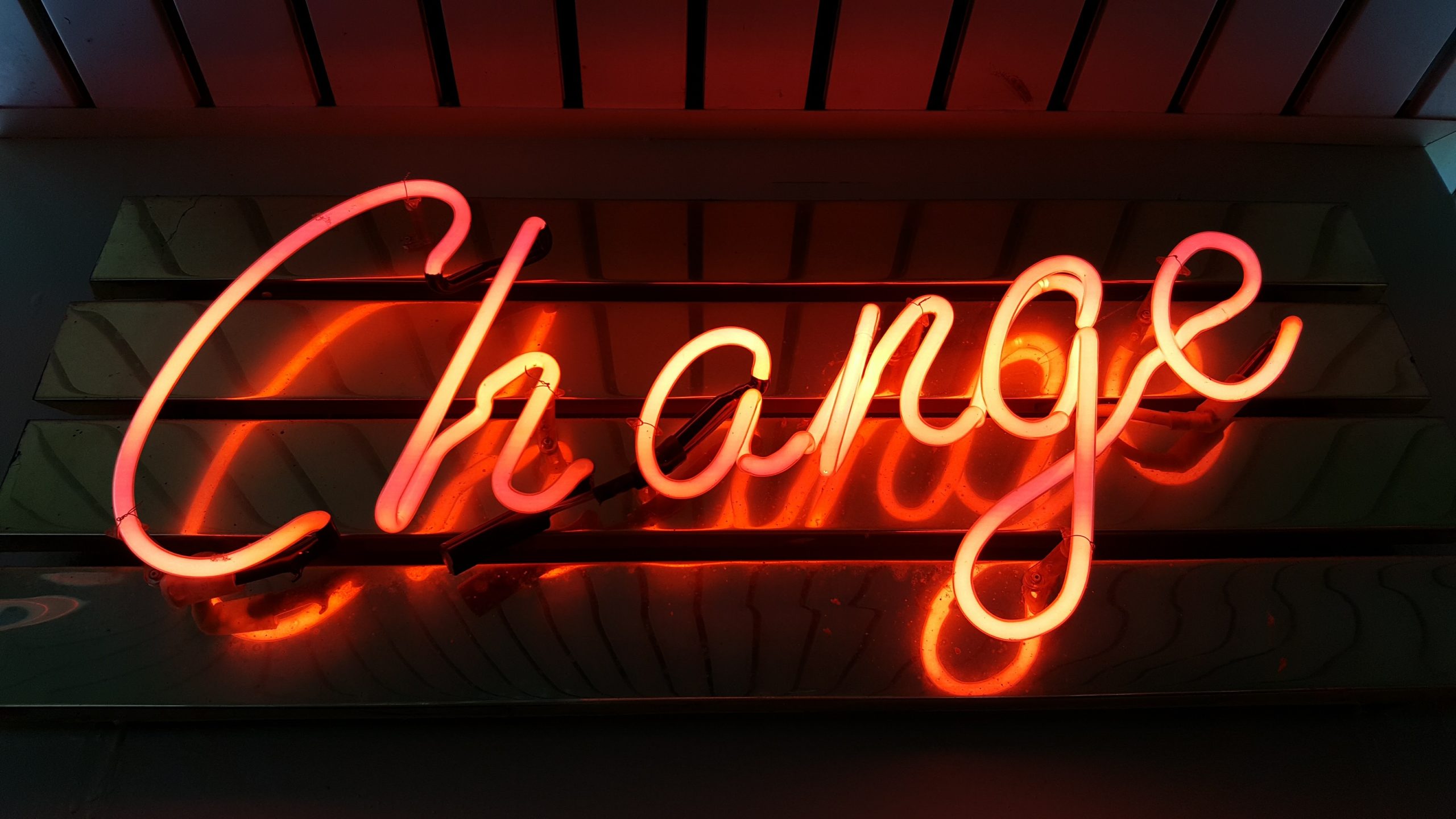What Does the First Quarter Moon Look Like?
When we gaze up at the night sky, it’s hard not to be captivated by the celestial wonders that unfold before our eyes. Among these luminous marvels is the moon, our closest cosmic neighbor and a source of awe and inspiration for millennia. While the moon goes through several phases during its 29.5-day lunar cycle, one of the most visually striking stages is the first quarter moon. In this blog post, we will explore what the first quarter moon looks like and delve into the fascinating details surrounding this phase.
Understanding Lunar Phases
Before we dive into the specifics of the first quarter moon, let’s briefly recap the concept of lunar phases. The moon’s appearance changes as it orbits around the Earth, resulting in a cycle that repeats approximately every month. This cycle consists of eight distinct phases, ranging from the new moon to the full moon and back to the new moon.
The phases of the moon are determined by the relative positions of the sun, Earth, and moon. As sunlight illuminates the moon, different portions of its surface become visible to us, creating the various phases we observe from Earth.
The First Quarter Moon Defined
When we refer to the first quarter moon, we are pinpointing a specific phase in the lunar cycle. This phase occurs approximately one week after the new moon and signifies the completion of one-quarter of the moon’s orbit around the Earth. It is important to note that despite its name, the first quarter moon does not actually occur precisely at the halfway point between the new moon and the full moon.
The first quarter moon is characterized by its half-illuminated shape, with exactly 50% of its visible surface bathed in sunlight. The other half remains shrouded in darkness, as it faces away from the sun.
Appearance of the First Quarter Moon
When observing the first quarter moon, the most distinctive feature is its semicircular shape, reminiscent of a half-moon. However, it’s crucial to understand that the moon’s phase is not determined by Earth’s shadow falling upon it. Instead, the phase represents the proportion of the moon’s visible surface that is lit by the sun.
Due to the angle at which sunlight illuminates the moon during this phase, the line dividing the illuminated and dark portions appears to create a perfect semicircle. This division, aptly named the terminator, separates the brightly lit eastern portion of the moon from the dimmer western section.
As the first quarter moon rises in the eastern sky, it typically reaches its highest point at around noon and sets in the west around midnight. During this time, sky gazers have an excellent opportunity to observe its unique features with the naked eye or using a telescope or binoculars.
Features of the First Quarter Moon
While the first quarter moon might resemble a simple, half-illuminated disk, there are various fascinating aspects to uncover when exploring its surface:
1. Mountain Ranges and Craters
As sunlight casts its glow upon the first quarter moon, it unveils an intricate landscape of mountain ranges and craters. Prominent features such as the Apennine Mountains and the Alpine Valley become visible during this phase. The shadows cast by these formations create stunning three-dimensional effects, enhancing the moon’s beauty.
2. Mare and Lunar Maria
The first quarter moon also reveals the dark, flat regions known as “mare” (plural: maria). These areas might appear smooth to the naked eye but are actually vast plains formed by ancient volcanic eruptions. The most famous lunar maria include the Sea of Serenity (Mare Serenitatis) and the Sea of Tranquility (Mare Tranquillitatis), where the Apollo 11 mission famously landed in 1969.
3. Lunar Highlands
Contrasting with the dark maria, the first quarter moon uncovers the brighter, heavily cratered lunar highlands. These highlands are composed of rugged terrains and are often teeming with countless craters, remnants of meteorite impacts over billions of years. The most famous highland region is called the Lunar Alps, where numerous peaks and ridges stretch across the moon’s surface.
Equipment for Observing the First Quarter Moon
Observing the first quarter moon can be an exciting visual experience, especially when aided by appropriate equipment. Here are some tools and techniques that can enhance your lunar exploration:
1. Telescope
A telescope allows you to see intricate features and observe the moon in greater detail. Look for telescopes with a high magnification capability and good light-gathering abilities to reveal the moon’s remarkable topography.
2. Binoculars
If you don’t have immediate access to a telescope, a good pair of binoculars can be a fantastic alternative. Binoculars with a wide field of view and decent magnification will enable you to observe the first quarter moon’s craters and mountain ranges with clarity.
3. Moon Maps and Apps
Consulting moon maps or using mobile applications dedicated to astronomy can greatly enhance your moon-watching experience. These resources provide invaluable information about the moon’s surface features and help you navigate its complex terrain.
In Conclusion
The first quarter moon, with its half-illuminated shape and distinct features, offers a mesmerizing spectacle for stargazers and astronomers alike. As it unveils the intricate landscapes of mountain ranges, craters, and contrasting regions of the moon, it invites us to ponder our place in the vast universe.
So, the next time you gaze up at the night sky and spot the first quarter moon glowing above, take a moment to appreciate the remarkable celestial dance unfolding before your eyes.
Table of Contents
